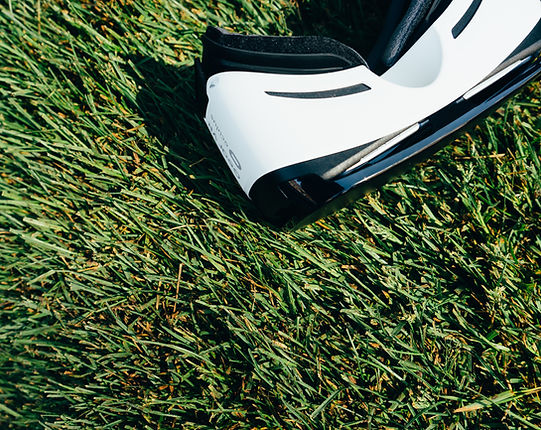
VR at CoDE
One of the ways CoDE studies the boundaries of complex human systems is by combining virtual and mixed reality systems with smart sensor arrays and deep learning systems. On this site you will find more information on those VR projects.
CoDE is looking to pursue comprehensive explanatory and actionable theoretical models, that are created by crossing boundaries between previously split theoretical sub-disciplines (human factors, eduactional measurement, machine learning). These actionable models describe and explain the mental and physical processes of the human who lives, behaves and develops within a system, like a human-machine environment, a learning environment, a health environment. When creating solutions for issues that arise in these human-system environments, we need to have a full grasp of these processes, the context and conditions under which they take place, and how they can be supported and improved.
To realize these ambitions, data collection and analyses inherently need to be multi-modal, multi-level and multi-perspective.
CoDE has a long history of expertise in psychometric, educational and experimental measurements. We are experts in human factors research and data-driven ergonomics, covering biomechanical, cognitive and social systems.
VR offers many possibilities in research and education settings. Through virtual environments, users can experience scenarios and visual stimuli more accurately and with a greater sense of immersion. In some instances, being able to virtually walk through an environment can offer better access to different angles and distances than traditional means of showing visual information. In research, VR can present participants with scenarios that grant the researcher greater control over the stimuli than traditional settings. For example in traffic research, it allows researchers to trial new interventions without risking injury to the participants.